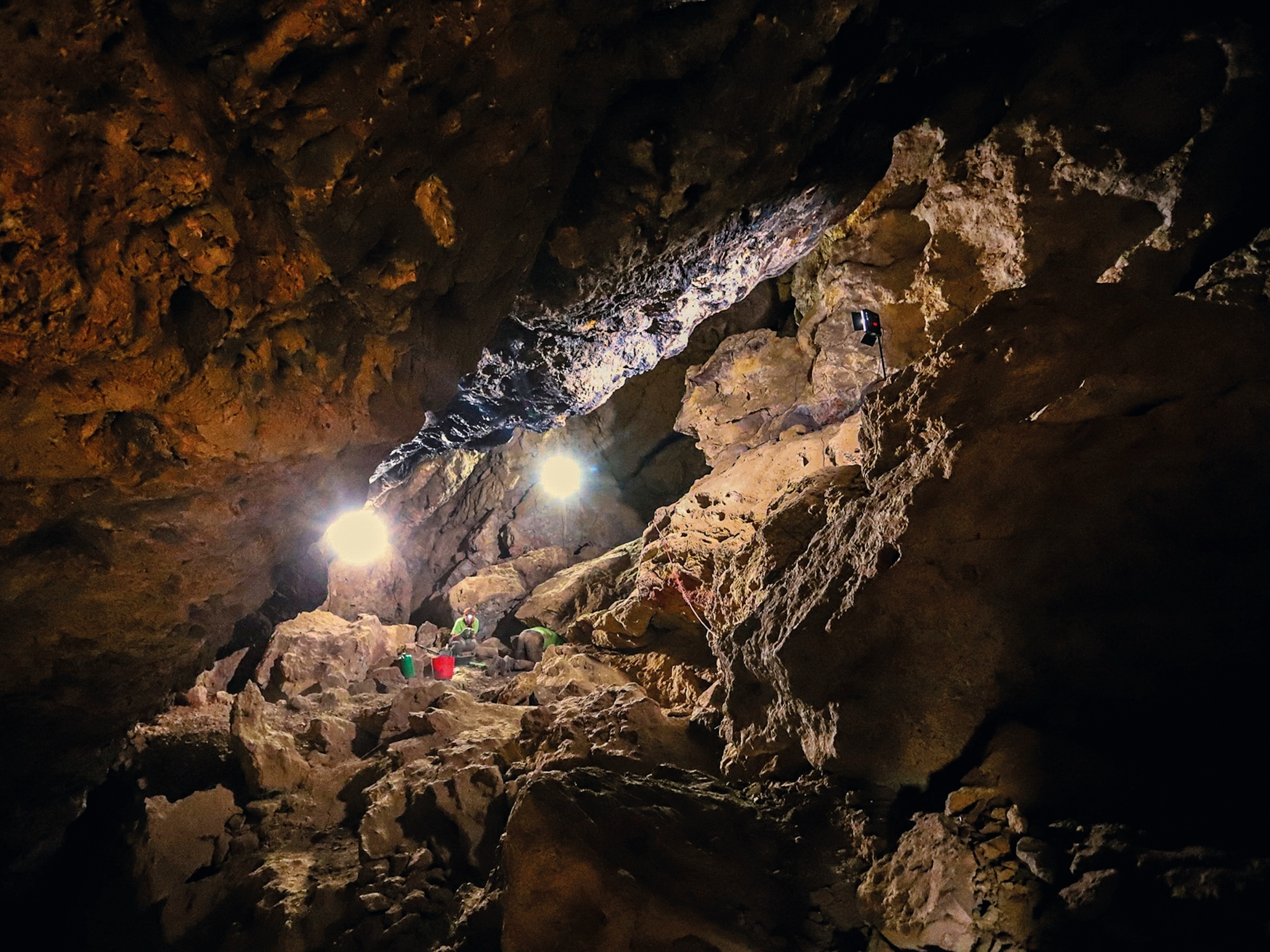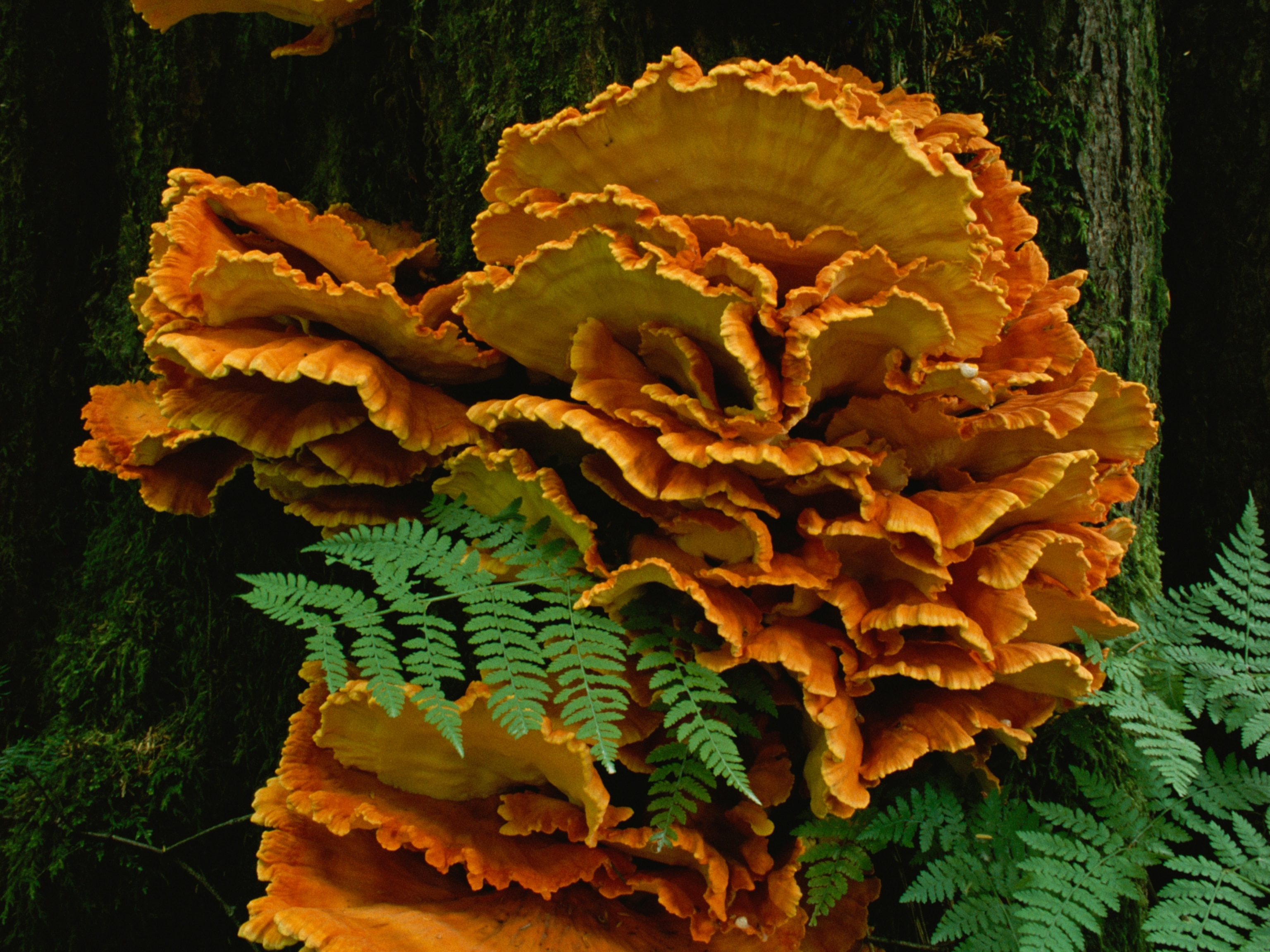
Tools: 5 Things You Didn’t Know About Spatulas
I’m a woman who likes order. This may be why cooking appeals to me. I enjoy what the French call mise en place—the extremely satisfying process of prepping ingredients and arranging them into neat piles on a board.
Call me a weirdo (it wouldn’t be the first time) but even a perfectly folded napkin or a tightly lidded pot can bring me a certain amount of joy.
You know what else brings me joy? Spatulas. They are every neat cook’s dream. A spatula can help you flip a piece of sautéing chicken without tearing the slightest bit of skin. It makes quick, clean work of scraping batter or sauce from a bowl. Best of all is the way a spatula allows you to spread frosting across the surface of a cake and then swirl and smooth to your heart’s content.
But of course there’s much more to the spatula than that. Read on, and you’ll never look at this culinary workhorse the same way again.
The Spatula Has a Past. The Well-Tooled Kitchen lists spatulas under the “Lever Tools” category of utensils, which are believed to have ballooned in variety and use during the Iron Age, when craftsmen were able to more easily refine and shape them to suit specific needs.
Says Abe Shaw, founder of the spare but elegant cooking tool source website, Eatingtools: “Although “spatulas” likely existed in a rudimentary sense back in ancient Babylonia and Egypt—as extensions of the cook’s arm in the form of wooden or bone paddles, for example—it was the Iron Age that led to specialized tools of varying proportions and design. Basic mixing tools led to task-specific spatulas much like ladles of the period led to colanders, which were then tweaked to form drainers, strainers, and skimmers.”
Its nickname is “Child Cheater.” According to Bee Wilson, author of Consider the Fork, the soft, rubber kind of spatula used for scraping cake batter was once referred to as a “child cheater” because of its knack for cleaning all traces of batter, thus depriving kids of the finger-licking fun of gobbling what’s left in the bowl.
James Beard didn’t think much of it, at least in 1975. In The Cook’s Catalogue, American cookbook author and food champion extraordinaire James Beard remarked that the quality of U.S.-made spatulas was often so poor that a cook would be better off buying an artist’s palette knife instead.
Just think of a spatula as a sword. The origin of the word spatula is found in the Greek word spathe and the Latin word spatha, says Abe Shaw. “Those terms referred to long swords, often with broad blades. The resulting ‘spatula’ was first used in the early 16th century to refer to a range of implements with broad, flat blades used not only in cooking, but also in medicine (i.e. a tool to spread ointments), and masonry (i.e. a tool to spread or mix solutions).”
You say “spatula,” I say “fish slice.” The spatula goes by many other names. Depending on what country you’re in and what particular food you might be preparing, it can be called a “flipper,” a “tosser,” a “scraper,” or, as some British prefer, a “fish slice.”
Catherine Zuckerman is a staff writer at National Geographic and a home cook with high hopes for making her own baby food this year. You can follow her on Twitter.
____________________________________________________________________________________________________________________________________
This is the first in a series called #foodtools about everyday and extraordinary kitchen items that live in our drawers, on our shelves and next to our sinks. We reach for them over and over, but how much do we actually know about these trusty implements, other than the tasks they perform? We’re on a quest to find out.





